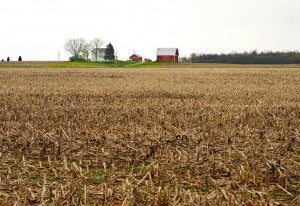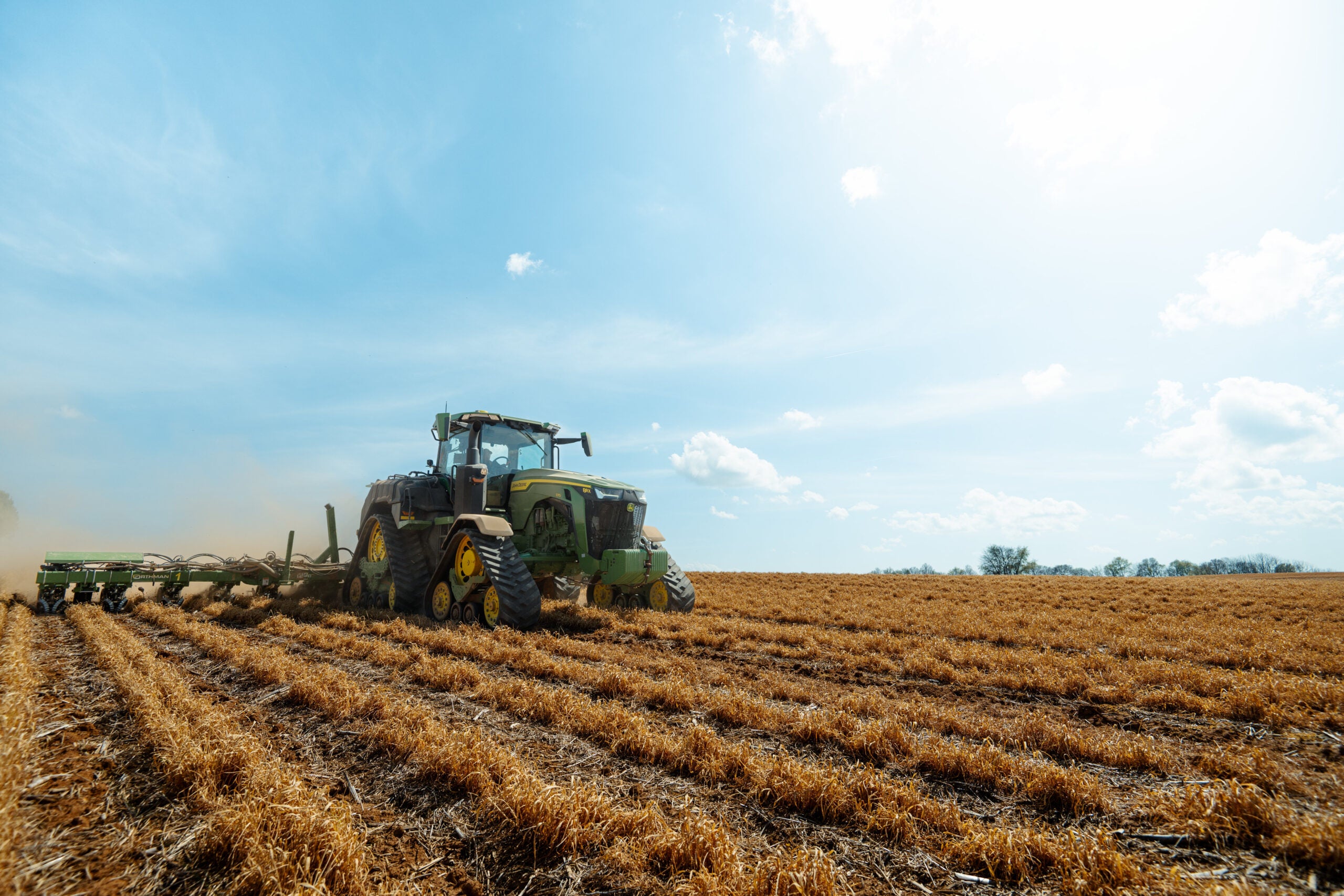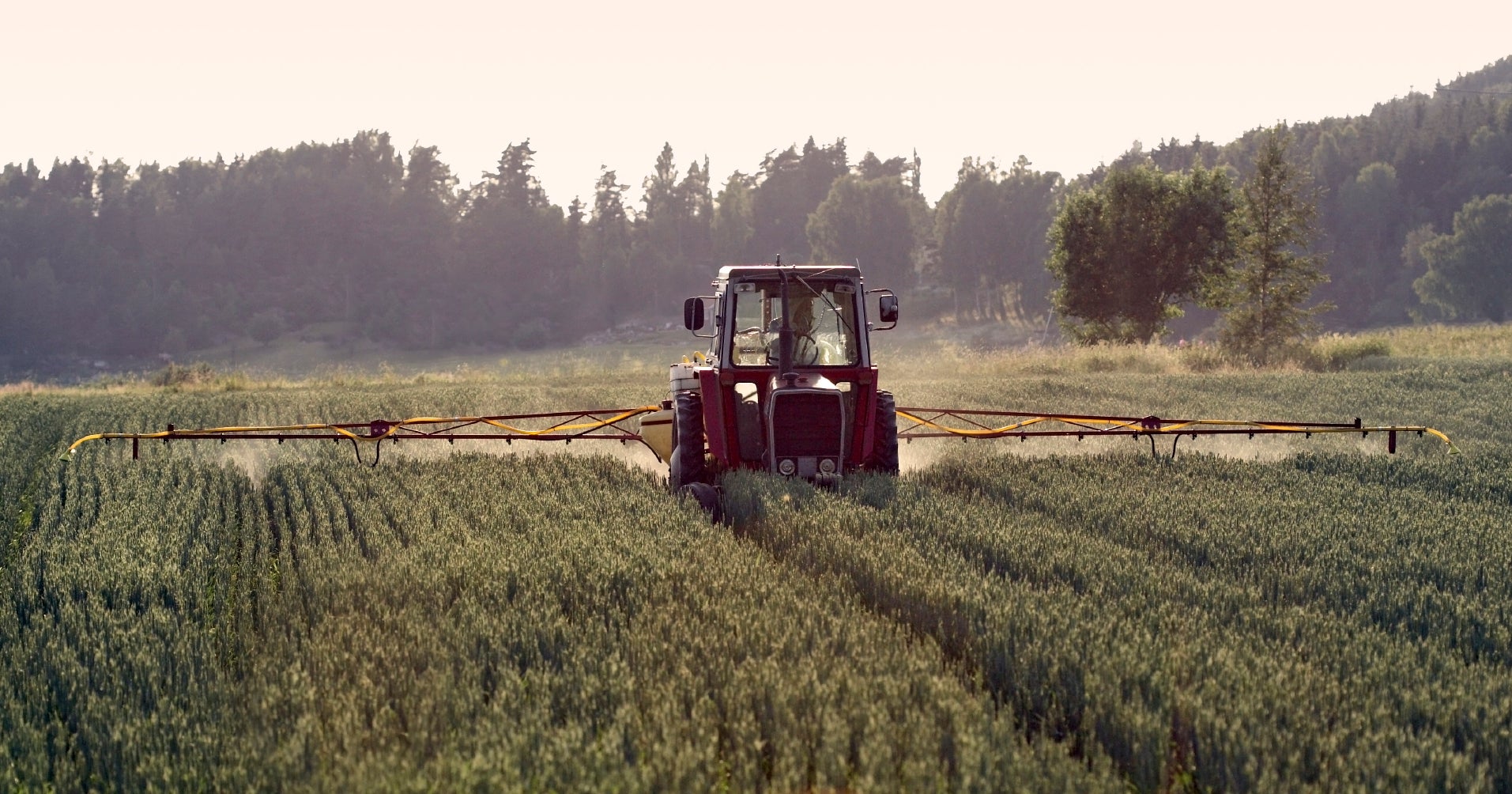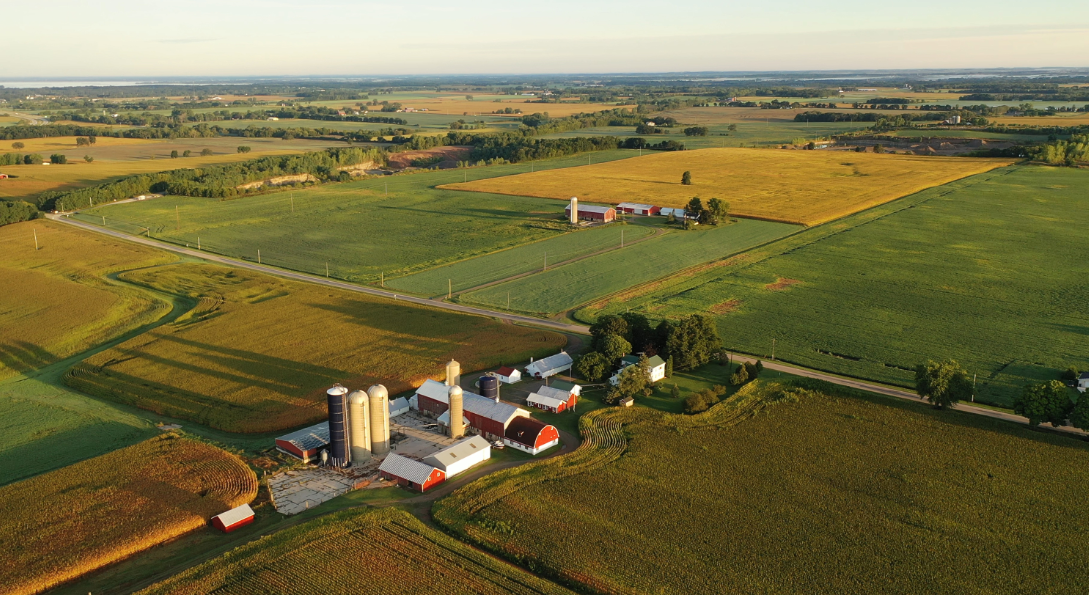
Farmers need technical support to balance crop yields with climate benefits
Cropland, which covers roughly 13% of global land surface, is integral to producing food, slowing warming and boosting resilience. Farmers find themselves in a difficult spot: they are compelled to deliver higher yields to feed a growing human population but with a lower carbon footprint.
This complexity is underscored in a recent paper published in Nature Climate Change, which assessed how tillage, cover crops and crop residue affected both crop yields and greenhouse gas mitigation over time. This work is the first to examine the yield and mitigation impacts of common regenerative agriculture practices independently and collectively at a global scale looking out to 2050 and 2100.
Importantly, farmers can use these conservation practices to produce yields and mitigation, but they will need additional technical and financial assistance to do so. This is critical to maintaining livelihoods, food stability and supporting the climate.
Balancing two important goals
While regenerative agricultural practices are often assumed to result in both higher yield and climate benefits, there can be trade-offs.
For example, growing grass cover crops, like winter wheat or rye, on no-till soils is generally the best way to maximize mitigation across most regions but often comes at the expense of crop yields over longer time frames. Legume cover crops, such as field peas and clover, on tilled soil was often the best way to maximize yields but led to higher greenhouse gas emissions because of nitrous oxide production.
Pursuing adoption that balances mitigation and yield outcomes, rather than pursuing a goal of maximum mitigation or yield, can avoid some of these tradeoffs.
Climate benefits appear most promising across much of the U.S. Corn Belt, Africa, Latin America and the North China Plains where soil moisture and nutrient levels support good productivity as the modeling indicates that these higher productivity geographies have the highest mitigation potential without large yield sacrifices. Focusing on yields is most critical in lower productivity regions both for food provision and because climate mitigation potential is lower.
A need for technical assistance
Variation in productivity within regions makes decisions on regenerative practice implementation complicated. Crop type, water management, nitrogen application, soil bulk density and soil organic matter all influence results. Farmers will need technical assistance to determine where and how to best achieve yield and climate benefits.
Maintaining cropland yields is essential for both food stability and livelihoods. Because climate mitigation benefits on croplands vary, we should support farmers to adopt regenerative practices that will increase soil health and reduce fertilizer, water, and pesticide inputs. Safely reducing inputs will help decarbonize the agricultural sector, while maintaining production — the win-win we all seek.












